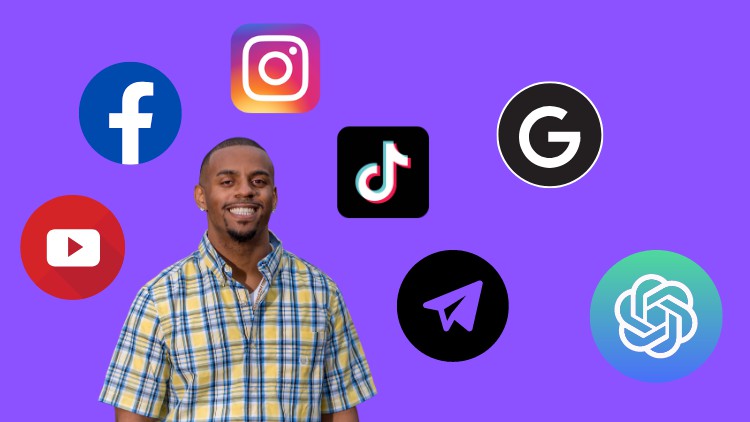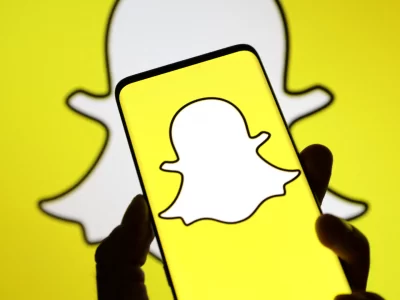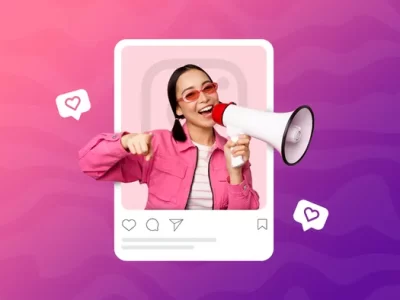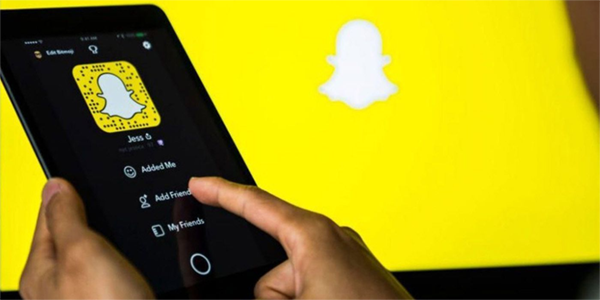One of the incredible things about language is that it can be used in a variety of ways. People around the world are able to use the words that form a dialect in various ways when they speak with each other. However, there are many other ways in which they are able to communicate with others in written form.
Social media has transformed the way that individuals connect with each other. Whether it is a friend or a neighbour on the same street or someone in another country and in a different time zone, social media platforms have become the norm for many to communicate.
Sites like Facebook and Twitter have also become excellent ways to learn and be educated about languages. Those who take Italian language learning lessons and do not know anyone in their personal lives who can speak the dialect natively are able to connect with random individuals on the internet and engage in conversation to practice their skills on threads and posts that have been shared.
Those who are avid social media users, though, will know that certain types of language can be used. Traditional and “proper form” can often be a little harder to spot, as many like to use shorthand or “text speak” when they post. Others like to use other language techniques as they have found that they can create a better level of engagement when posting in Facebook Groups. These people might be who you consider to be lexicon legends!
Emojis and hashtags
Social media has arguably been the rise of emojis and hashtags. The use of these features has helped to boost engagement and interaction with others in various ways.
Emojis have been able to create fun and visually pleasing messages as they can add a little more to the text that has been written. They can help to convey a certain emotion and make sure the written text is received in the right way. Showing sarcasm or other emotions in text form can be difficult, but emojis can help.
Hashtags have become a phenomenon across social media, allowing people to find certain things, such as topics and trends, easily. They have become great tools to boost the visibility of a post, thus driving engagement, which can help the message be seen in the intended way.
The Art of Punctuation
Although a hugely important part of language, grammar and punctuation can often go out the window when using social media. However, it can make these platforms much better and more engaging when used correctly.
Those who are skilled in language and understand how to use certain punctuation can create more engaging posts as they can be unexpected. Using exclamation marks or ellipses can help make a statement appear more important, create a hook, and leave readers in suspense. Naturally, they can make all the difference in how a sentence is read, too, with certain types of punctuation allowing the correct tone to be received.
The Beauty of Cadence
With social media being instant and in real-time, it can be easy for messages to be lost or forgotten very quickly. Cadence, though, can be beautiful when it comes to writing. Referring to the rhythm, tone, and pacing of the message, cadence can help increase the appeal of the overall message.
You may find techniques such as repetition being used to get that message across. Social media is perfect for this, as there is a high chance that the original message may have been missed.
Final Thoughts
If you want to master social media and get the best out of it, it can be worth mastering the power of language. There are many ways in which language can be used on these platforms to convey the messages that want to be sent, with those outlined among the most prevalent.












